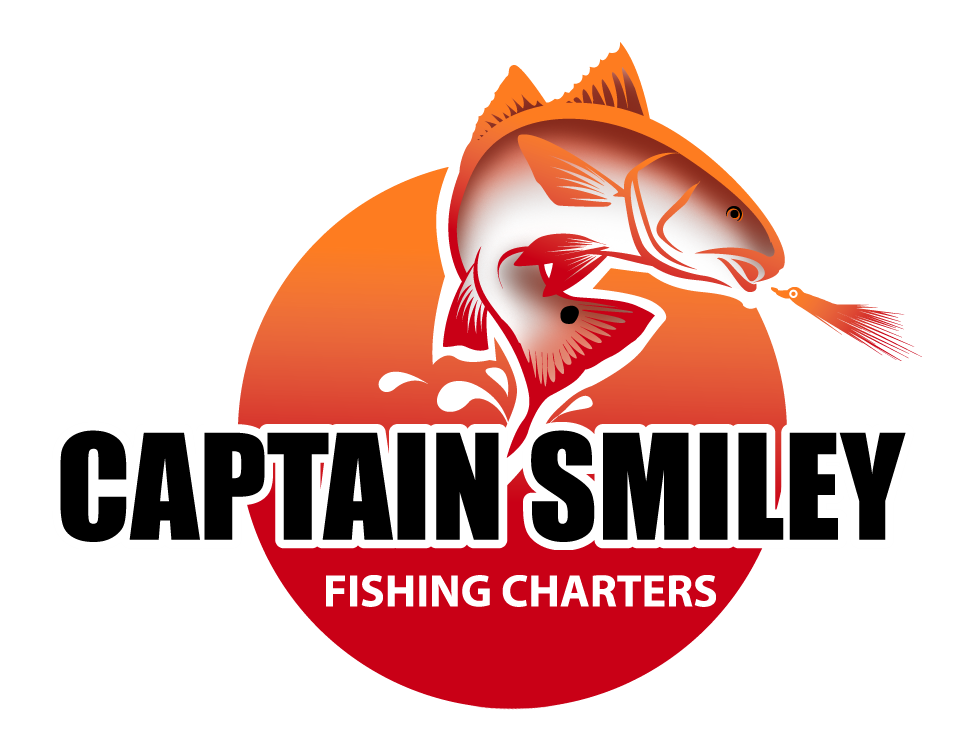 Is a fishing license necessary?
Is a fishing license necessary?
In the early days of the 19th Century, Americans didn’t require a license to fish in America. The fishing community simply took their rods and bait to the nearest water body and fished for trout, bass and walleye to their hearts’ content. There was no big government that required fishermen to pay for the natural right they have to fish.
This was back in the days when North Americans were not as numerous. Between 1492 and 1620, the native population fell by approximately 95 percent. Meanwhile, immigrants from the East were repopulating the continent.
Because of the vastness of North America, and the relative lack of people, its wildlife resources seemed limitless. As with all natural resources and human population, wildlife populations tend to decrease as well.
In the second half of the 19th century, the U.S. population grew rapidly. The U.S. Census Bureau had more than 50,000,000 people in the United States in 1880. The U.S. population grew by almost two-thirds in 30 years. It was estimated at more than 92,000,000 people in the 1910 census.
People moving to the United States in record numbers, and recreational fishing surpassing commercial fishing in terms of numbers of fish caught per head, Americans (or anyone else) didn’t fully grasp the concept behind wildlife management.

 Go on A Fishing Charter Today
Go on A Fishing Charter Today Charter Fishing On Hot Summer Days
Charter Fishing On Hot Summer Days